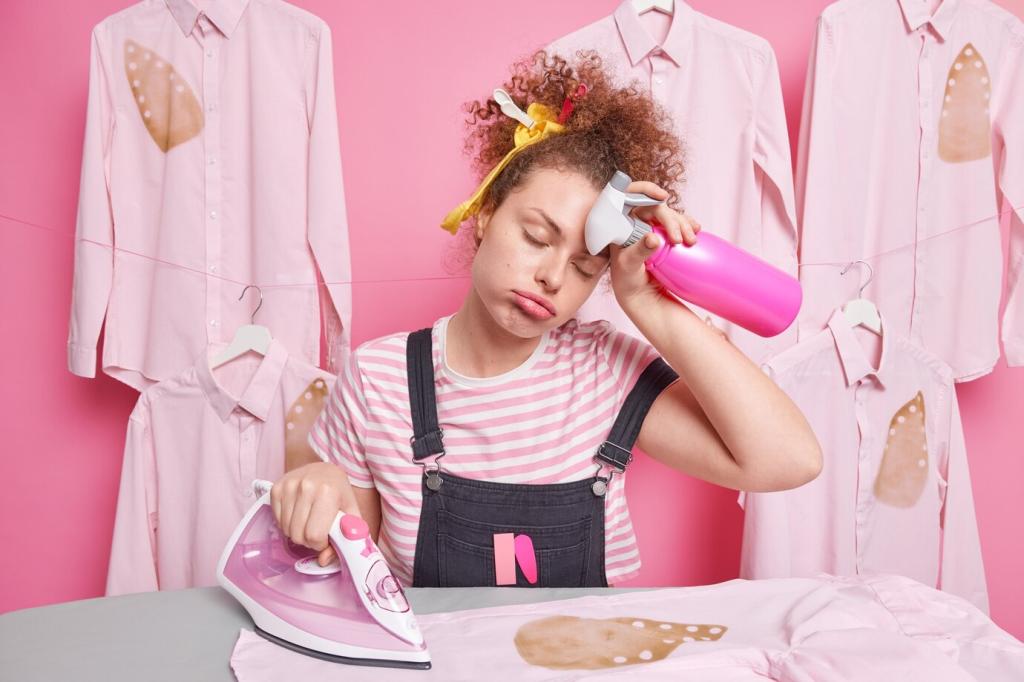Wages, Overtime, and the Living‑Wage Gap
A living wage covers food, rent, transport, education, healthcare, and a modest cushion for emergencies. Many garment workers earn less, relying on overtime to bridge gaps, leaving little time for family, rest, or long-term stability.
Wages, Overtime, and the Living‑Wage Gap
Holiday spikes and flash sales push factories into twelve-hour shifts, sometimes without proper compensation. When deadlines collide with penalties, supervisors squeeze teams harder, and the line between voluntary and forced overtime blurs dangerously thin.






